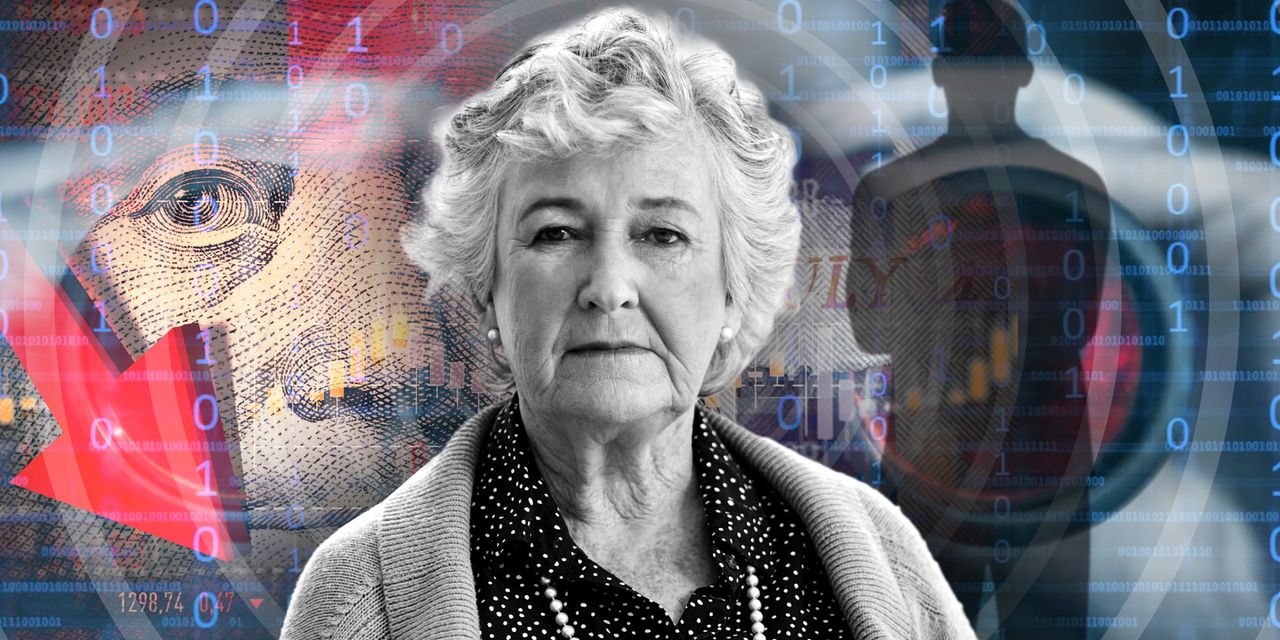“ Banks, technology providers and policymakers need to recognize their common interests and embrace data-driven, collaborative approaches to combat crime. ”
Financial crime feels like a distant concern until it comes for your grandmother.
Every day, elderly people are being exploited by an increase in criminal schemes targeting vulnerable victims, from romance scams and lottery schemes to bad actors posing as relatives in need of urgent financial assistance. These scams have devastating impacts on victims, families and communities — and the problem is getting worse.
Recent technological breakthroughs, especially in artificial intelligence, have created entirely new ways for criminals to exploit people. Deep fakes, for instance, have the potential to fool and manipulate all of us, not just elders or other more vulnerable populations. The U.S. Federal Trade Commission estimates that Americans lost $2.6 billion in imposter scams last year — part of a $4 trillion global financial crime problem that includes everything from elder abuse and illegal wildlife trade to human trafficking and terrorism financing.
I’ve been part of the fight to end financial crime for 20 years. While a lot has changed in that time, there’s been one constant: criminals will always innovate at rapid speed and scale to continue perpetrating their crimes. To fight back, financial crime fighters must be able to fully wield the most valuable tool in our arsenal: data.
At Nasdaq
NDAQ,
our anti-financial crime solutions are powered by our data lake, representing data from more than 2,400 financial institutions. By deploying artificial intelligence and machine learning analytics across this consortium data set, we’ve been able to help banks significantly increase their efficiency and effectiveness — and in many cases, stop financial crime before it occurs.
There is an urgent need to amplify these efforts with data-driven collaboration between financial institutions and law enforcement. In the current framework, financial institutions flag suspicious transactions for investigators, but rarely get feedback about how the reports were leveraged, and if they were in fact, evidence of a crime.
Such data is essential to improving our models, but there’s no formal system in place to facilitate this collaboration. This is a missed opportunity. The advanced analytics being used by financial institutions to detect crime can be constantly trained, retrained and updated. Information on real-world outcomes is the best way to continuously refine analytics and drive even greater precision in the identification of criminal patterns. The widespread deployment of data feedback loops between the public and private sector is one of the most critical actions that can be taken to drive innovation in crime-fighting efforts.
“ If individual banks can’t see the complete picture of activity across institutions and borders, the entire industry is effectively defenseless. ”
But we also know that financial crime is not confined to one institution. Criminals are not bound by walls, regulations or borders. International criminal organizations and bad actors work together to exploit the system, looking for loopholes and places to hide. If individual banks can’t see the complete picture of activity across institutions and borders, the entire industry is effectively defenseless.
Banks, technology providers and policymakers need to recognize their common interests, align around shared goals and standards, and embrace data-driven, collaborative approaches to combat crime. Breaking down the barriers that prevent information sharing between institutions will be the lynchpin to getting ahead of connected criminal organizations on a global scale.
Forward steps
The U.S. took an important step forward with the passage of the PATRIOT Act and the safe harbor protection provided by Section 314(b). This enables financial institutions to share information to help identify and stem the flow of any dirty money that could be used to fund terrorism and other threats to national security.
However, regulatory frameworks for information sharing standards vary significantly around the world. While there is momentum building for increased collaboration between financial institutions, based on the results of these information-sharing programs, they are a fraction of what is needed compared to the scope and scale of financial crime globally.
When you spend two decades combating financial crime, it becomes second nature to think: What’s the next threat? What’s the next solution needed to mitigate it? Today, those answers are one and the same: evolution.
With criminals working together and leveraging new tools to evolve their tactics, stakeholders across the financial services industry must spearhead evolution — embracing data-driven innovation and collaborative frameworks to prevent the exploitation of our most vulnerable members of society and ultimately protect the world from financial crime.
Brendan Brothers is the co-founder of Verafin, a subsidiary of Nasdaq, and head of anti-financial crime at Nasdaq.
More: Ferraris, Land Rovers and millions in bitcoin: Secret Service shuts down cybercrime service that helped steal tens of millions of credit cards
Plus: Brokerage firm lured politically right-leaning seniors into gold-coin scam, says U.S. regulator
Read the full article here












